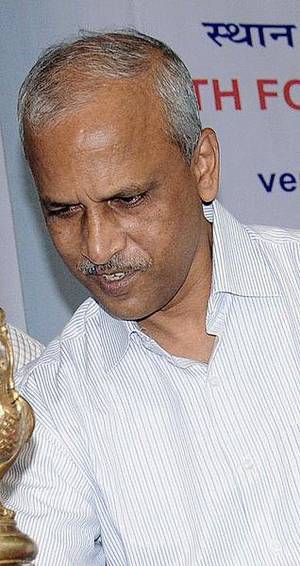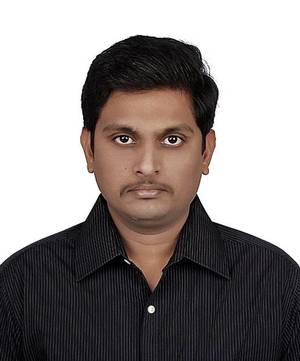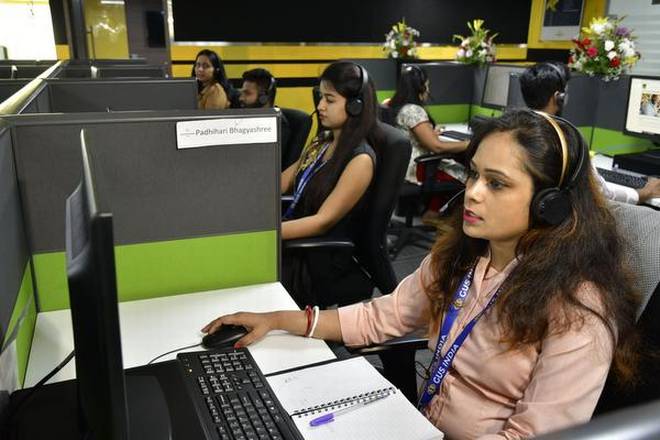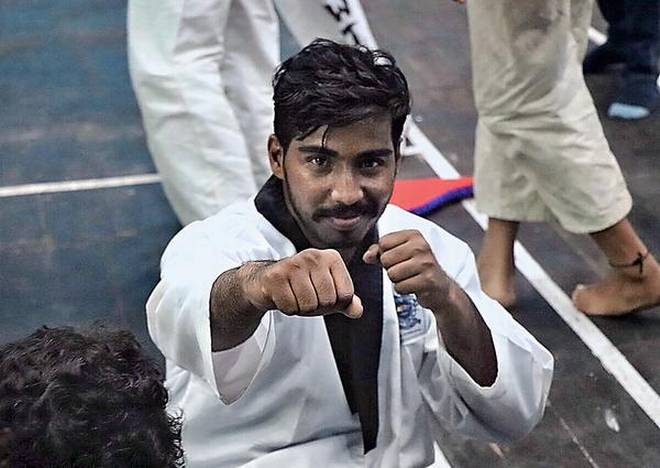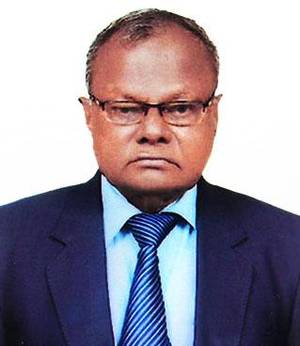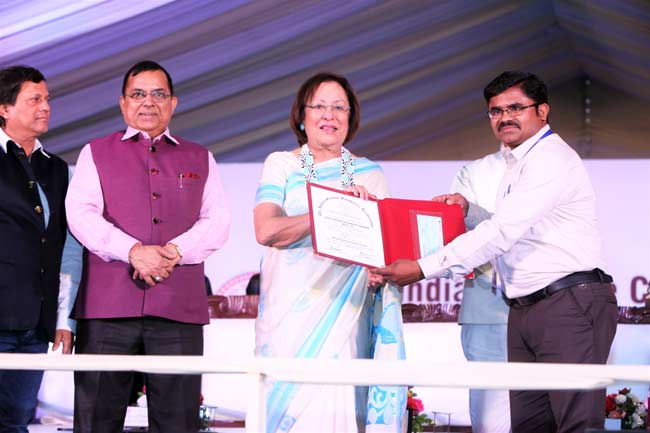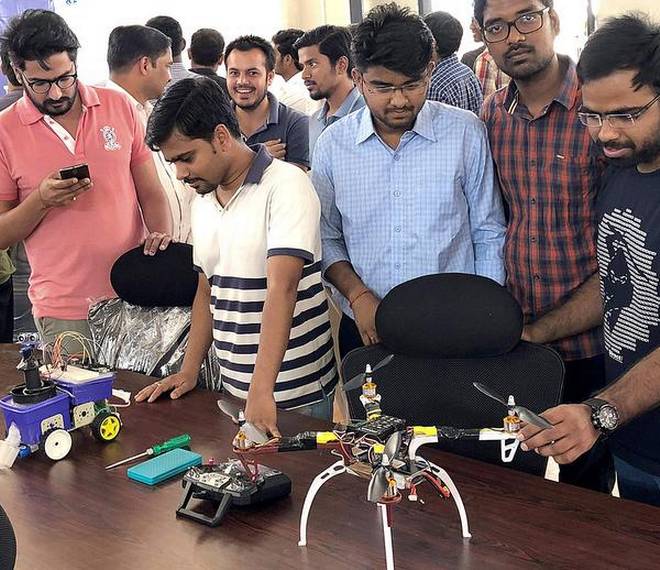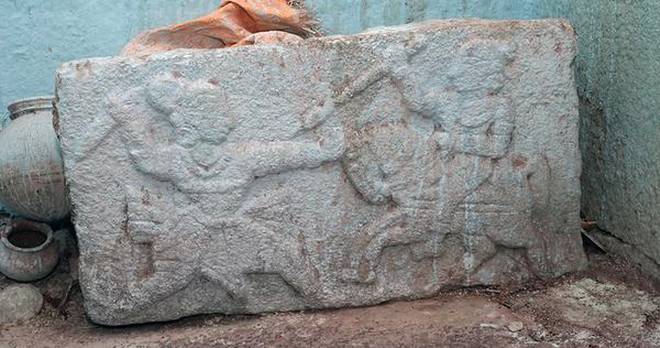
It provides crucial information on the death of warrior queen
A sculptural slab carved in granite that has a life-size portrait of Kakatiya warrior queen Rudrama Devi was discovered by the Archaeological Survey of India (ASI) in the sanctum sanctorum of Trikuta temple at Bekkallu village in Siddipet district.
Stating that the discovery has unravelled the mystery of her death, the officials said Rudrama Devi was killed during a war by her own subordinate chief Kayastha King Ambadeva somewhere near Warangal.
During an extensive exploration survey to ascertain the antiquity and architectural ascendancy of ancient shrines that flourished under the celebrated regime of Kakatiyas (11th to 13th century) in both the Telugu States, D. Kanna Babu, Superintending Archaeologist, Temple Survey Project (Southern Region), ASI Chennai, discovered the sculptural slab in which the portrait of Rudrama Devi is carved, a week ago.
“The discovery of the portrait sculpture is a first of its kind that displays a fierce fighting scene between Rudrama Devi and Ambadeva and it stands as a supporting evidence to the recent findings in Telangana,” Mr. Babu said. He said the uniqueness of the sculpture was that it vividly shows Rudrama Devi (A.D. 1262-1289) as a commanding and imperial personality with characteristic gesticulations of a ferocious warrior. “It might answer all the questions and doubts that the historians and archaeologists had about her death since decades. Thanks to the unknown sculptor who left a credible source for us to reconstruct the life history of the queen, particularly her end,” he said.
He said the sculptured panel in a rectangular frame superbly represents the imperial personality of Rudrama Devi who is riding a horse with a sword in her right hand while her left hand holds the reigns.
Describing the sculpture, Mr. Babu said the queen’s arms and wrists are embellished with warrior shields. “She is wearing robes of a male warrior with a waist belt and has her left leg over the hanging pedal while a shield is securing her chest,” he explained.
Ambadeva, the rebellion sub-ordinate chief, is in his war robes with a tightly-fixed lower garment, a waist belt and arm guards.
“He escaped the blows of Rudrama Devi and overpowered the horse and harmed it. The horse falls on its face and Rudrama Devi is surprised of his sudden action of rebel. Finally, Ambadeva kills her and she attains viraswargam,” he said.
The patron and artisan who carved the sculpture acted with far-sightedness who thought that these would serve as commemorative visual aids on Rudrama Devi for her successive generations, he said and added that the queen’s domestic help must have carved the sculpture.
source: http://www.thehindu.com / The Hindu / Home> News> Cities> Hyderabad / by Abhinay Deshpande / Hyderabad – April 08th, 2018
